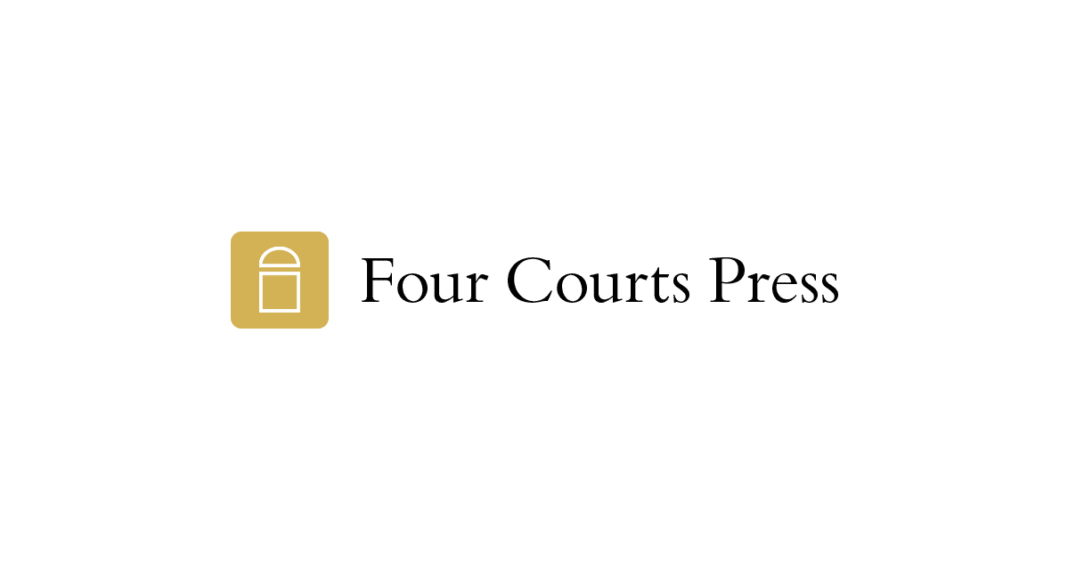It is no exaggeration to say that Four Courts Press has transformed the recent historiography of the Church of Ireland. Following the publication in 1933 by Oxford University Press of the three-volume ‘History of the Church of Ireland: From the Earliest Times to the Present Day’ by Walter Alison Phillips, there seemed to be a…
Create an account
Welcome! Register for an account
A password will be e-mailed to you.
Password recovery
Recover your password
A password will be e-mailed to you.



